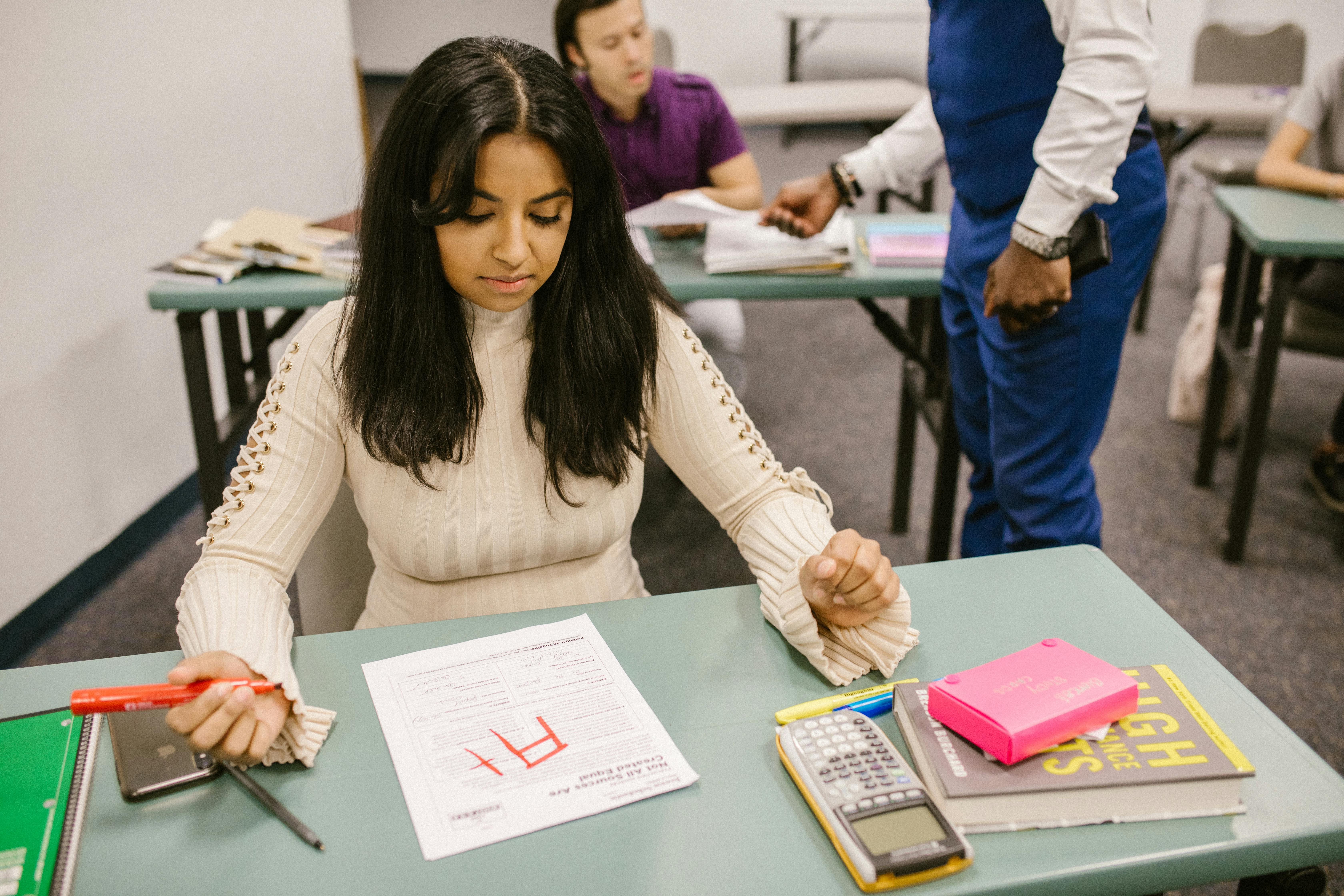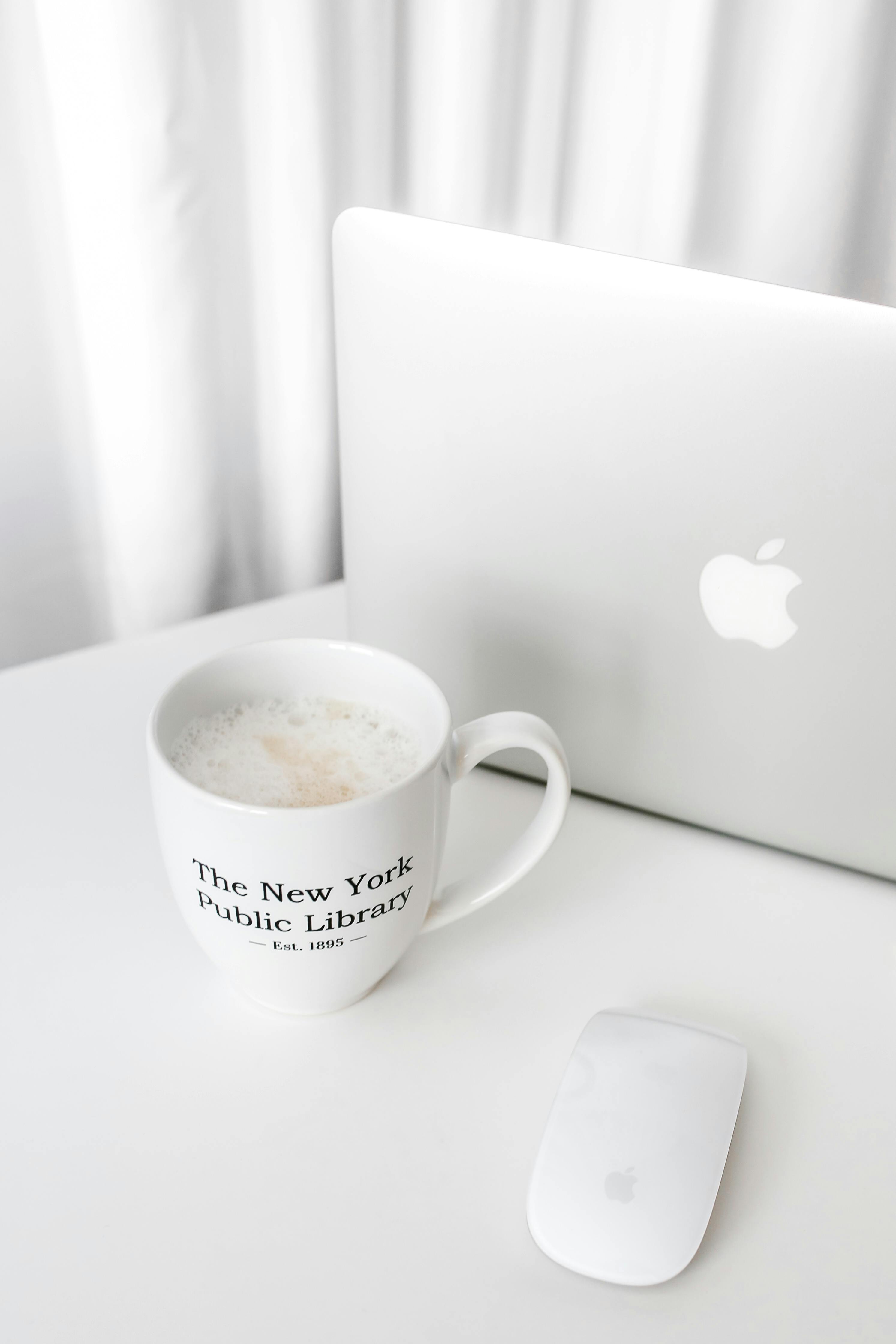
Essential Guide to Riding a Skateboard in 2025
Skateboarding has grown exponentially over the years. As a sport, it not only provides an adrenaline rush but also promotes creativity, coordination, and physical fitness. For beginners looking to embark on this thrilling journey, understanding how to ride a skateboard effectively is crucial. This guide aims to simplify the skateboard basics and equip newcomers with smart tips for mastering the art of skateboarding in 2025.
Learning to skate involves various elements, such as maintaining balance, foot positioning, and familiarizing oneself with skateboard tricks. Throughout this article, we will explore essential riding techniques, how to push off on a skateboard, various turning methods, stopping techniques, and skateboarding safety practices. With the right gear, skills, and mindset, anyone can learn to skate and enjoy the journey alongside friends or within the vibrant skateboarding community.
Let's dive into the key takeaways for beginners to become proficient skaters, enhancing their riding experience and confidence on the board.
Understanding Foot Positioning and Balance on Your Skateboard
With your skateboard in hand, the first step in learning how to ride is to understand the importance of foot positioning and balance. The correct posture can make all the difference in initial stability and the development of your skateboarding skills.
Finding Your Skateboarding Stance
Your skateboarding stance can be either regular or goofy. Regular means your left foot is at the front of the board, while goofy means your right foot is at the front. Testing out both stances can help you discover what feels more natural. The correct stance allows for smoother rolling and easier maneuvering down the road.
Maintaining Balance While Rolling
To maintain balance on a skateboard, keep your feet shoulder-width apart and flex your knees slightly. This posture prepares you to absorb bumps and changes in terrain. In addition to foot positioning, you need to engage your core muscles, which will help stabilize your body as you ride.
Mastering Weight Distribution
Weight distribution plays a crucial role in successfully practicing skateboarding. Leaning too far forward can lead to face-plants, while leaning back may cause you to lose control. Striving for a comfortable center of balance is key as you begin to roll and execute tricks.
Smart Techniques for Pushing Off and Turning
Once you've established good balance and foot positioning, the next stage is mastering the fundamental techniques for pushing off and turning. With consistent practice, these motions will become second nature.
How to Push Off on a Skateboard
Pushing off on a skateboard involves using your back foot to kick off the ground while your front foot remains on the board. Start by positioning your back foot over the tail of the skateboard, ensuring a solid grip. As you push off, keep your other foot angled optimally and begin to glide forward. It’s essential to apply even pressure to maintain control.
Turning Techniques for Skaters
For effective turning on a skateboard, you can use two primary techniques: carving and using your shoulders. Carving involves leaning into the turn using your weight to shift smoothly. Alternatively, to initiate a turn, move your shoulders in the direction you wish to go, guiding the skateboard to follow.
Navigating Obstacles with Confidence
As you improve your riding skills, tackling small obstacles, such as cracks in the pavement and street furniture, becomes a crucial skill. Practicing slow-speed control will help you manage your speed and direction better as you navigate around objects.
Stopping Techniques to Stay Safe
Skateboarding safety cannot be overstated. Knowing how to stop is just as critical as riding itself. Several effective stopping techniques should become part of your skating arsenal.
The Foot Brake Method
The foot brake technique involves dragging your back foot on the ground to slow down and come to a complete stop. Focus on maintaining your balance as you apply pressure, so you don’t lose control of the skateboard.
The Heel Drag Technique
This technique allows for a gentle stop by placing your heel onto the ground—gradually braking as you lean back slightly. It's essential to practice this method to ensure it feels natural and comfortable while maintaining your balance.
Stop During Your Ride with a Controlled Dip
A more advanced method of stopping involves dipping your knees while gliding. This technique utilizes your body's momentum to slow you down gradually, but only attempt this after feeling confident in your riding skills.
Skateboarding Gear and Safety Best Practices
To learn to skate effectively, it is vital to prioritize safety gear. Here’s a look at essential accessories for beginners.
Choosing Appropriate Skateboarding Gear
Finding the right skateboard is essential. Look for one that feels stable and secure under your feet. Various skateboard brands cater to different styles, so select one that fits your skill level and intended use.
Importance of Skateboarding Safety Gear
In addition to a quality skateboard, wearing proper safety gear is non-negotiable. Helmets, knee pads, wrist guards, and elbow pads provide essential protection against injuries while you learn. Prioritize investing in high-quality gear.
Mastering Safety Techniques and Skating Etiquette
Learning fall safety techniques can significantly reduce the risk of injuries. Practice rolling out of a fall to minimize impact. Additionally, following skateboard etiquette in public places will ensure a respectful environment for all skaters.
Common Mistakes to Avoid and Overcoming Fear
As with any new activity, beginners often make mistakes. Recognizing these pitfalls can help you maintain your confidence and improve your skills.
Identifying and Avoiding Common Mistakes
Many novice skaters struggle with overextending their movements or failing to maintain proper grip on their skateboard. Observing more experienced skaters can provide insight into maintaining good posture and fluidity.
Overcoming the Fear of Falling
It's natural to be apprehensive about falling, but with practice, you will learn how to fall safely. Start by gradually pushing your limits in a controlled environment, and remember that falling is a part of learning.
Developing Skills Gradually
Patience is key in skateboarding. Set manageable goals for each skating session, progressively building up to advanced techniques. Joining a skateboarding group can also offer encouragement and support as you develop your skills.
Practicing Skateboarding for Continuous Improvement
Consistency is vital for improvement. Engaging in regular practice helps reinforce the skills you've learned while allowing for gradual progression through the learning phases of skateboarding.
Integrating Skateboarding Drills
Dedicate specific time during your practice to work on drills. These could include practicing foot placement, balance exercises, and basic tricks like ollies or kickflips, all of which help enhance your overall performance.
Exploring Indoor and Outdoor Skateboarding Options
Finding suitable places to skateboard, such as parks or indoor skate venues, can provide diverse experiences. Each space presents unique challenges that can further develop your skills and techniques.
Participating in Skateboarding Events and Competitions
Engaging in local competitions can boost your motivation and provide opportunities to learn from more experienced skaters. These events foster a supportive community and can enhance your passion for skateboarding.
Q&A: Common Questions on Skateboarding for Beginners
1. What is the best way to start skateboarding?
Begin by finding a comfortable stance, practicing on flat surfaces, and ensuring you wear the necessary protective gear.
2. How can I build confidence while skating?
Gradually challenge yourself with easier tricks and encourage regular practice, while connecting with other skaters for support and inspiration.
3. What common mistakes should I watch out for?
Ensure you maintain balance and avoid tensing up while riding. Focusing on smooth, consistent movements is crucial.
4. Is there any recommended skateboarding gear for beginners?
Invest in a high-quality skateboard that matches your riding style and essential safety gear such as helmets, knee pads, and wrist guards.
5. How do I stay motivated to practice skateboarding?
Setting goals, learning new tricks, and participating in a skateboarding community can boost motivation and spark excitement for improvement.

